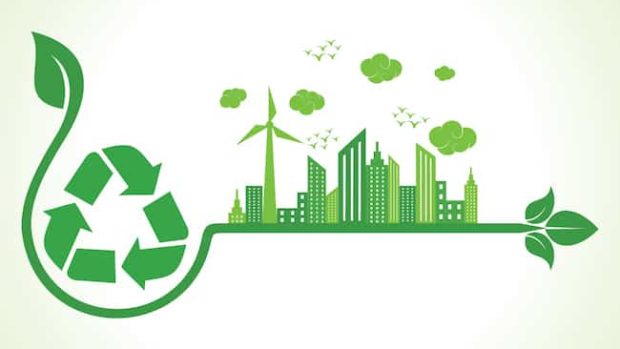Despite theoretically only lasting for 24 hours, the negative impact of Black Friday on the planet will last far longer. This is according to a new study from carbon accounting platform, Greenly, which reveals the environmental impact of the popular shopping day.
The most popular items for shoppers on Black Friday often include consumer electronics, beauty, cosmetics, and fashion and clothing.
According to research from SaleCycle, the fashion sector (58 per cent) generated the most online traffic on Black Friday 2022. For this reason, Greenly’s study zeroed in on fashion and how Black Friday overconsumption is having a devastating effect on the planet.
Based on the same report from SaleCycle which outlines Black Friday purchases by item, Greenly estimates that the carbon footprint of Black Friday 2022 sales of clothing amounted to 33,012 tonnes of carbon dioxide equivalent (tCO2e) – this is 72 per cent higher than a normal day (19,325 tCO2e).
To put this into perspective, the carbon footprint of Black Friday 2022 sales of clothing was equivalent to 230,000 Paris-London round-trips via plane, or the annual carbon footprint of 2,800 Brits.
Within this, the carbon footprint related to the sale of t-shirts – which account for 24 per cent of all textile sales on Black Friday – jumps from 841 tCO2e to 1,430 tCO2e in the space of a single day. Whilst vests, hoodies, and sweaters – which see the most significant increase in sales (79, 78, and 76 per cent respectively) on Black Friday – together account for no less than 9,900 tCO2e.
In addition to the volume of spend, other factors that contribute to the negative environmental impact of Black Friday include:
- Demand for speedy online deliveries
Whether shopping in-store or online, the sharp spike in Black Friday purchases naturally leads to an increase in deliveries – and consequently emissions related to transport. Particularly when it comes to speedy next-day (or even same-day) deliveries, businesses frequently resort to air transport as an emergency measure to fulfil tight shipping deadlines. Air freight of goods has a more significant environmental impact than slower modes of transport:
Transport carried out by a 100-ton cargo plane emits 14x more carbon emissions than a 20-to-26-ton diesel truck and 217x more than a dry cargo container ship.
Substantial waste production
Flash sales days like Black Friday encourage excessive consumption of clothing, products, and equipment. For fashion and clothing in particular, once they have served their purpose, or have simply gone out of fashion, many items are thrown away instead of being repaired or recycled.
According to ADEME’s Footprint Database, the average environmental footprint at the end-of-life stage for used textiles and household linens amounts to 500 tCO2e. On top of this are the releases of toxic substances that pollute water and soil.
Alexis Normand, co-founder and CEO of Greenly, comments: “Reducing the environmental impact of Black Friday primarily involves raising consumer awareness about the disastrous impact of the day. Retailers need to play their part by not engaging in excessive advertising of obviously unsustainable and environmentally damaging products. And consumers can be more environmentally-responsible this Black Friday by asking themselves: ‘Do I really need this item?’, ‘Can I find it second-hand?’ and ‘Do I already have a similar item that’s in good condition, or repairable?'”.








Share